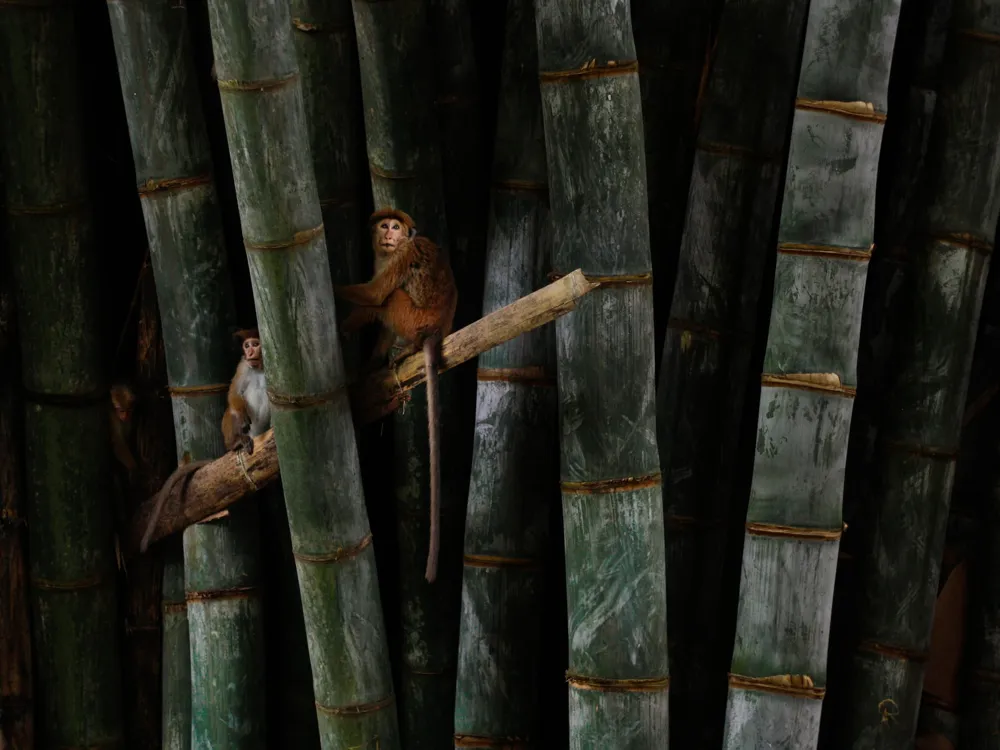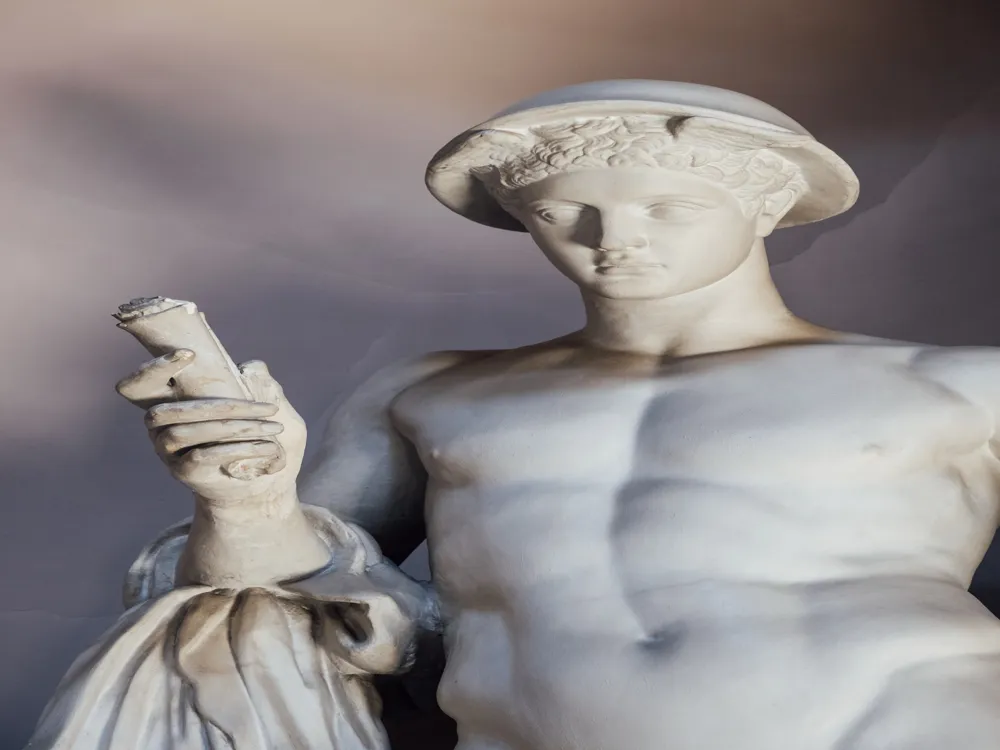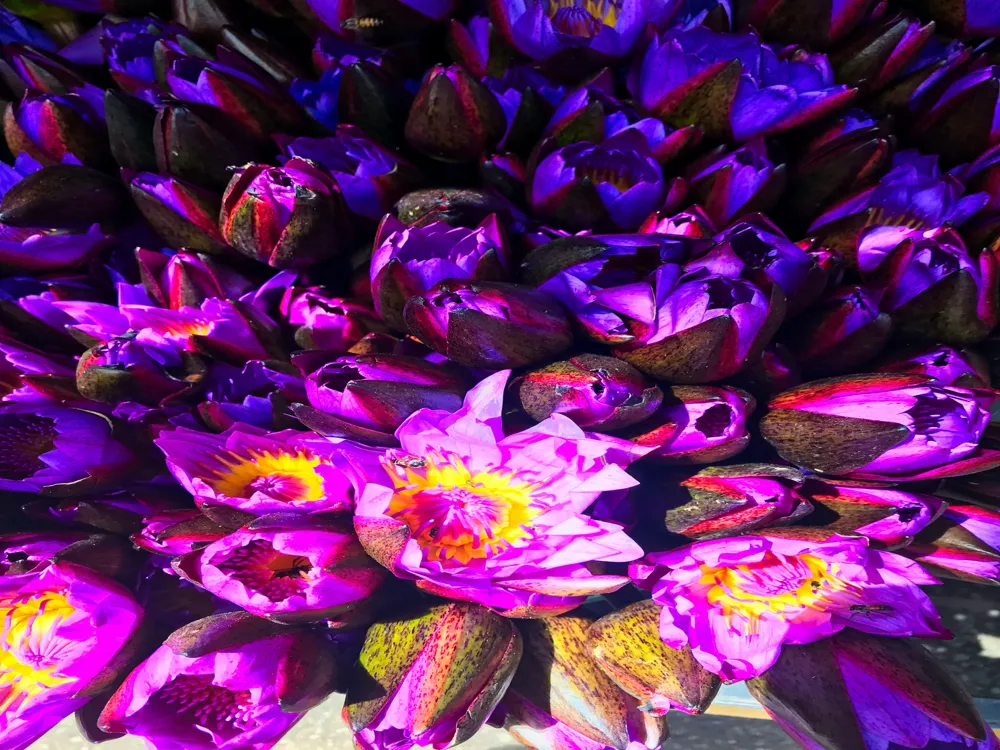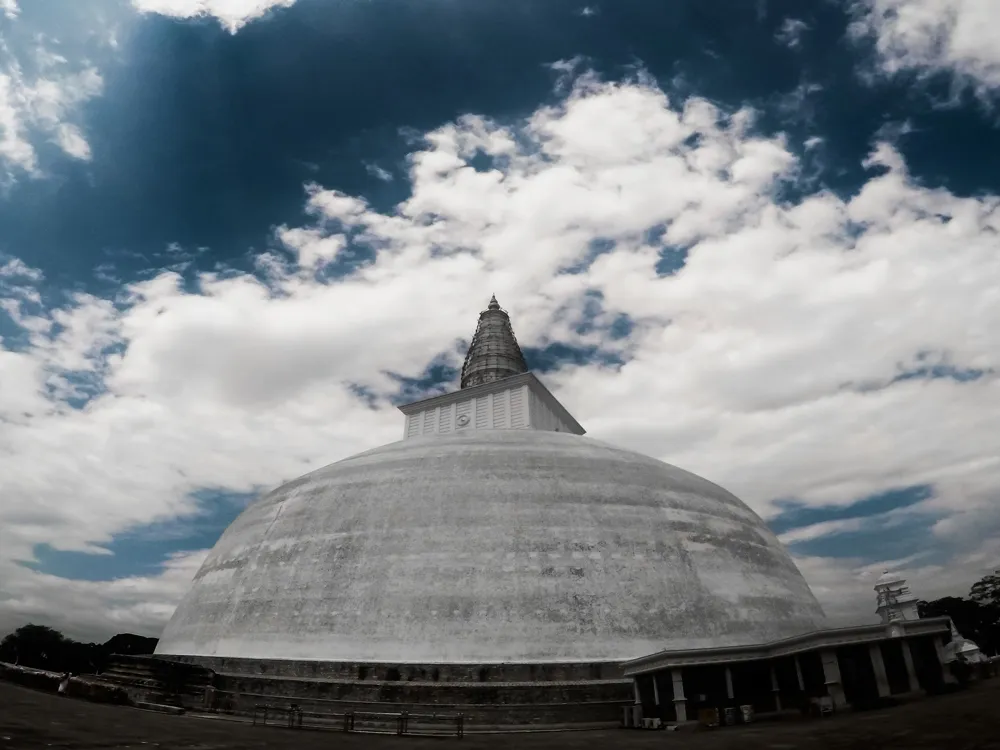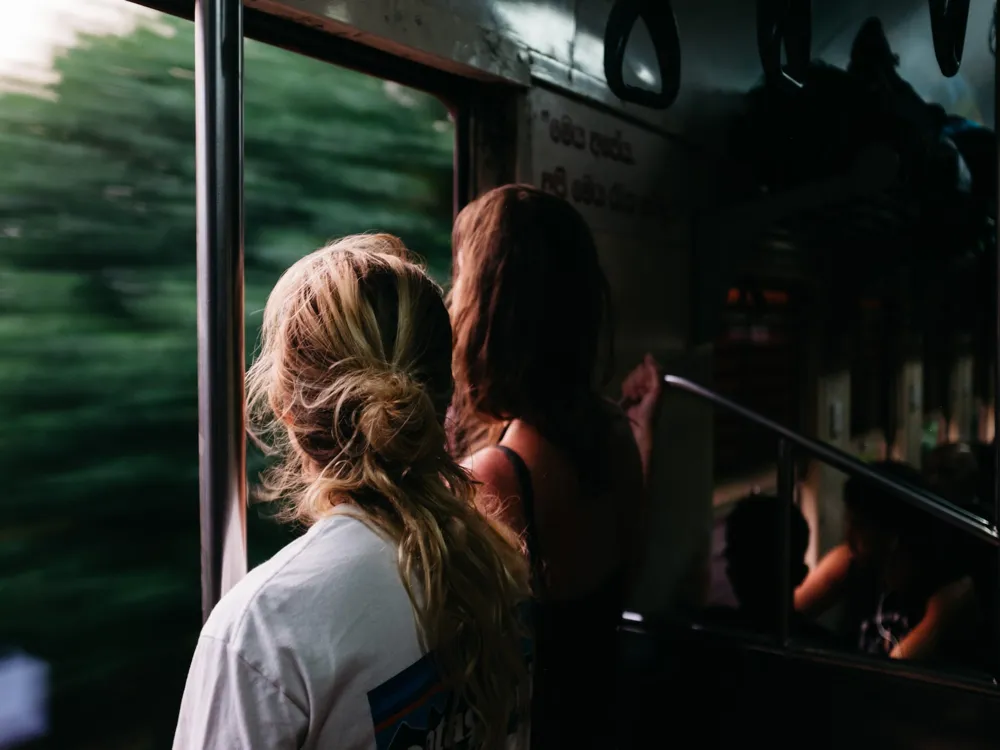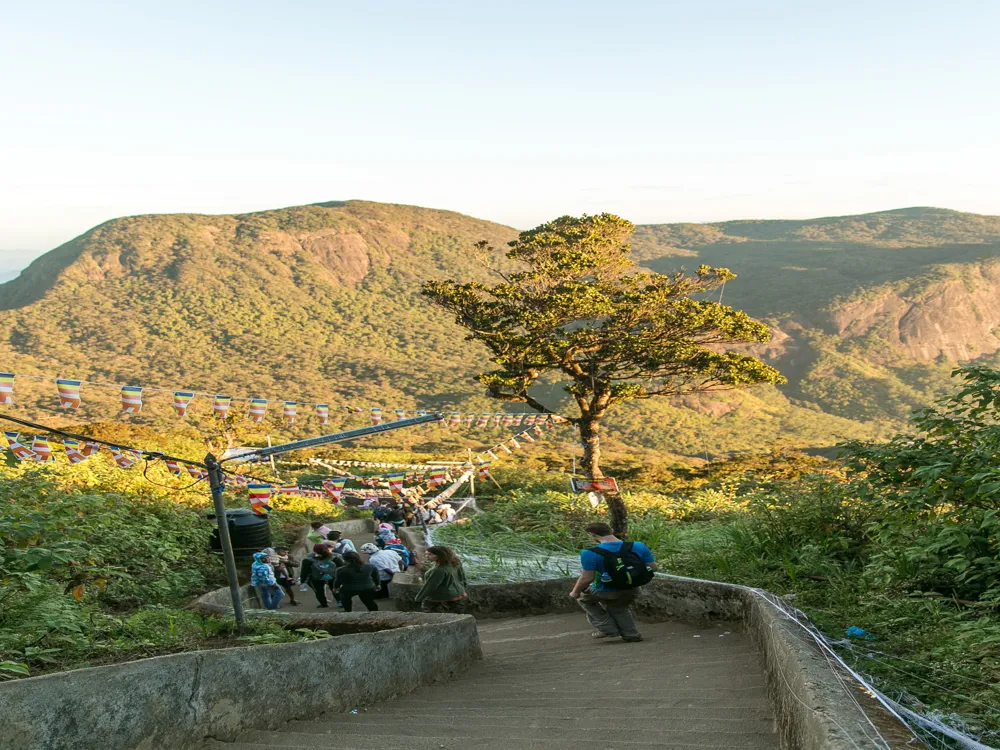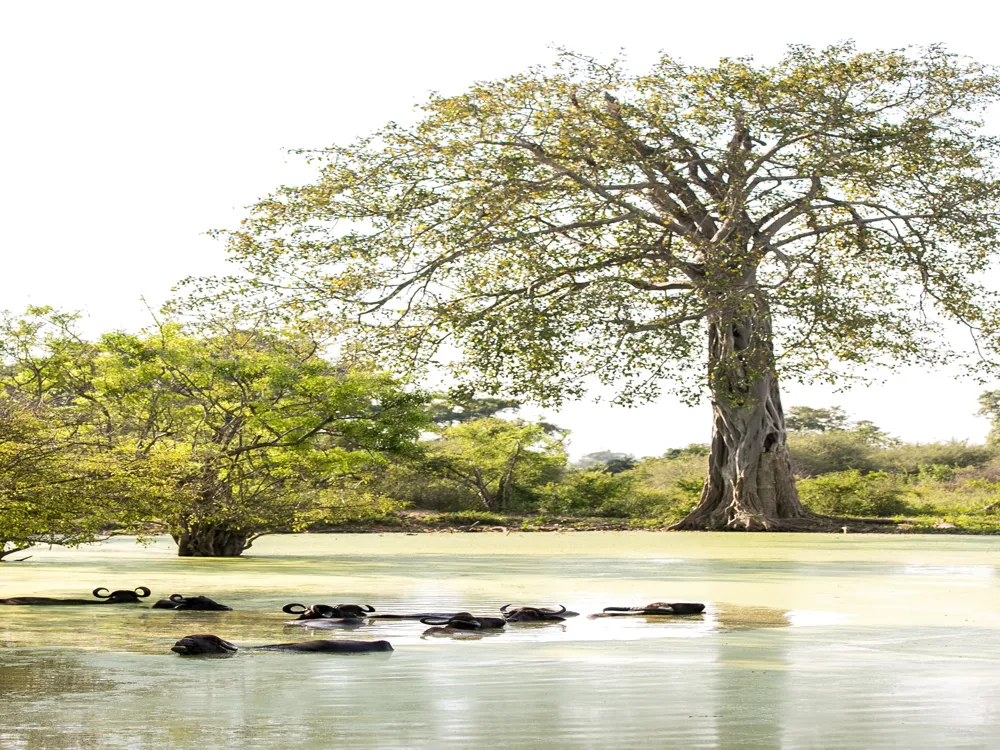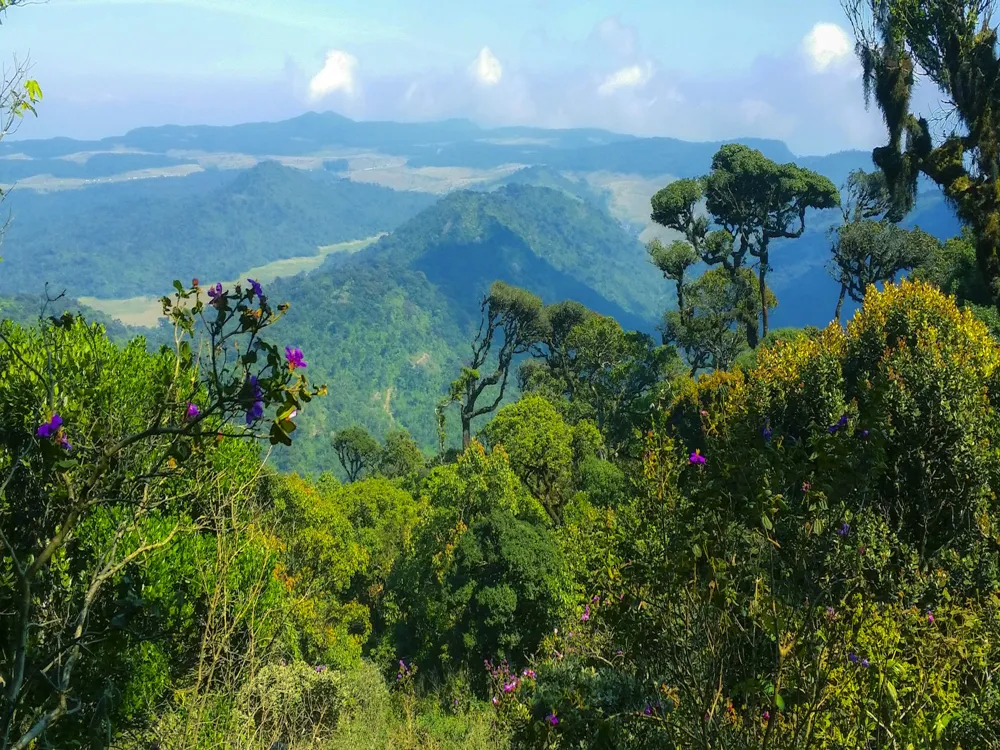The Lankatilaka Temple, a remarkable edifice in the ancient city of Polonnaruwa, Sri Lanka, stands as a testament to the island's rich cultural and religious history. This temple, dating back to the 14th century, was built during the reign of King Parakramabahu I. It's renowned for its unique architectural style and the intricate artistry that adorns its walls. The temple's significance stems not only from its religious importance but also from its historical value. It provides invaluable insight into the socio-cultural aspects of Sri Lankan society during the Polonnaruwa period. The temple has withstood the test of time, surviving centuries of natural and human-induced changes, thereby offering a window into the past. The Lankatilaka Temple's architecture reflects a fusion of Buddhist and Hindu influences, indicative of the era's religious tolerance. The temple originally housed a colossal image of Buddha, which, although now partially destroyed, still emanates a profound sense of spirituality and awe. The intricate carvings and murals inside the temple depict various aspects of Lord Buddha's life and teachings, making it a site of great religious significance. Visitors to the temple are immediately struck by its majestic façade, which rises dramatically against the backdrop of lush greenery. The temple's entrance is flanked by massive guard stones, while the inner sanctum features exquisite carvings of deities and mythical creatures. The mix of symmetry and intricate detail in the temple's design showcases the advanced architectural skills of ancient Sri Lankan craftsmen. The architectural splendor of the Lankatilaka Temple is a highlight of Sri Lanka's historical heritage. The temple, constructed primarily from stone and brick, stands on a massive stone foundation, designed to elevate the structure, giving it a commanding presence. The architectural style of the temple is a blend of the traditional Pallava and Chola styles, which were prevalent in South India, combined with indigenous Sinhalese architectural elements. One of the most striking features of the temple is its enormous head house, known as the 'Gedige.' The Gedige is a towering structure with a flat roof, supported by intricately carved pillars, which creates a spacious hall inside. The hall was originally designed to house a massive Buddha statue, the remnants of which still stand, offering a glimpse into the temple's original grandeur. The temple's walls are adorned with elaborate bas-relief sculptures and frescoes, depicting various Buddhist and Hindu deities, as well as scenes from Buddhist lore. The artistry in these carvings reflects the deep spiritual and artistic sensibilities of the era. The blend of religious motifs in the temple's design is indicative of the harmonious coexistence of different faiths during this period. Another notable aspect of the temple's architecture is its use of natural light. The structure is designed in such a way that sunlight filters through the stone and brick, illuminating the interior's sacred artworks. This interplay of light and shadow adds an ethereal quality to the temple, enhancing the spiritual ambiance. Visitors should dress modestly, covering shoulders and legs, as a sign of respect to the religious nature of the site. Early morning or late afternoon is ideal to avoid the heat and to capture the temple in the best light for photography. Consider hiring a local guide to gain deeper insights into the temple's history and architectural significance. Be mindful of photography restrictions within the temple, especially of sacred areas and artworks. Keep the temple premises clean and do not disturb the natural surroundings or wildlife in the area. Lankatilaka Temple is located in Polonnaruwa, which is accessible by road from Colombo and other major cities in Sri Lanka. Visitors can travel by bus, car, or train to Polonnaruwa and then take a local taxi or tuk-tuk to the temple. For international tourists, the nearest airport is the Bandaranaike International Airport in Colombo, from where one can rent a car or take public transport to Polonnaruwa. Additionally, for those seeking a more scenic route, cycling to the temple from nearby areas in Polonnaruwa offers a unique and immersive experience of the local landscape and culture. Read More:Overview of Lankatilaka Temple
Architecture of Lankatilaka Temple
Tips When Visiting Lankatilaka Temple
Dress Appropriately
Best Time to Visit
Guided Tours
Photography Etiquette
Respect the Environment
How To Reach Lankatilaka Temple
Lankatilaka Temple
Polonnaruwa
₹ 58,000 onwards
View kandy Packages
Weather :
Tags : Buddhist Temple
Timings : 06:00 AM - 08:00 PM
Time Required : 2 hours
Entry Fee : Free
Planning a Trip? Ask Your Question
Kandy Travel Packages
View All Packages For Kandy
Top Hotel Collections for Kandy

Private Pool

Luxury Hotels

5-Star Hotels

Pet Friendly
Top Hotels Near Kandy
Other Top Ranking Places In Kandy
View All Places To Visit In kandy
View kandy Packages
Weather :
Tags : Buddhist Temple
Timings : 06:00 AM - 08:00 PM
Time Required : 2 hours
Entry Fee : Free
Planning a Trip? Ask Your Question
Kandy Travel Packages
View All Packages For Kandy
Top Hotel Collections for Kandy

Private Pool

Luxury Hotels

5-Star Hotels

Pet Friendly








